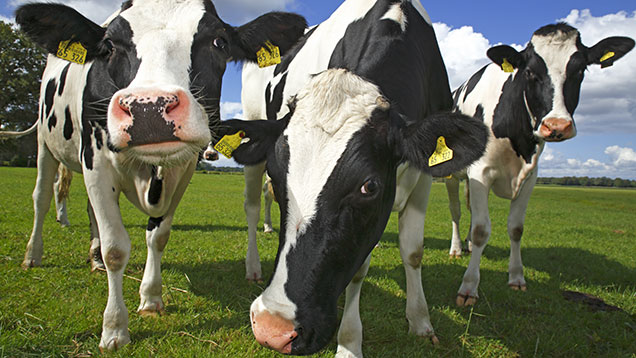Grass growing tips for a successful dairy grazing season
 © Rex Features/Image Broker
© Rex Features/Image Broker Better grazing can reduce purchased feed costs by up to 1.7p/litre, but measuring covers is key to success, writes Clayton Barber, head of production management, Mole Valley Feed Solutions.
Low milk price means if there’s ever a year to be challenging your dairy system to make more from forage and cut costs, then this is it.
See also: Global milk supply insights for post-quotas UK market
The key to a successful grazing period is understanding what grass you have and what it can deliver. It’s about risk management.
If you haven’t done so already, measure grass covers with a plate meter or sward stick. This will help you build a grazing wedge so you can prioritise fields for grazing in rotation.
Grazing correctly at this time of year is crucial, as it will set you up for the season.
If you don’t get it right, you could get a shortfall later and have to buffer with more expensive feed or you could compromise grass quality and regrowth.
Early turnout can be tricky to manage as it depends on what covers you have coming out of winter.
Aim to enter fields at 2,200kg DM/ha and offer supplementary feed. This will avoid having all fields at the same grass cover and will help establish a wedge.
For maximum grass quality and re-growth, aim to graze grass at the two-and-a-half to three-leaf stage.
To achieve this through the main grass-growing season, target entry covers of 2,800-3,000kg DM/ha and graze down to 1,500kg DM/ha. Grass should be monitored weekly so rotation length can be matched with grass growth.
This article was written in association with Mole Valley.

